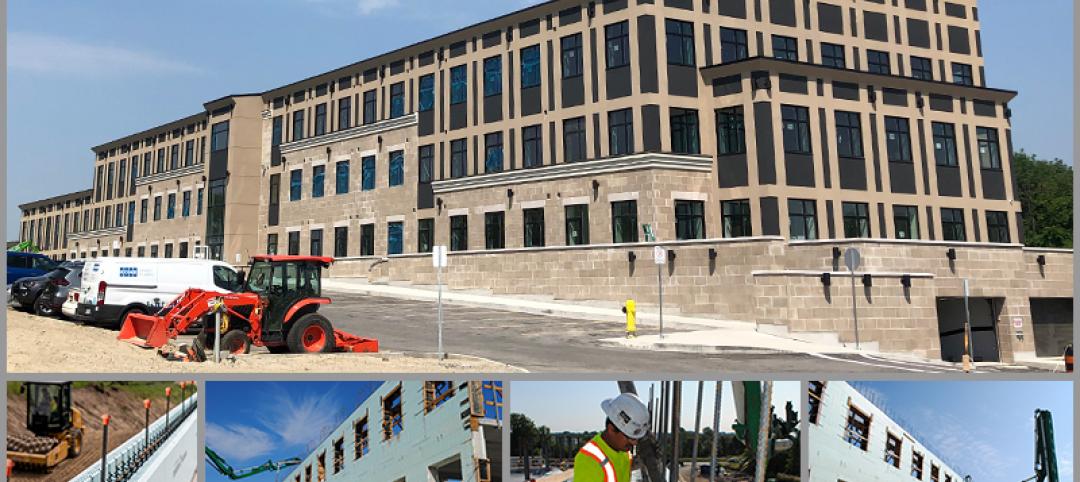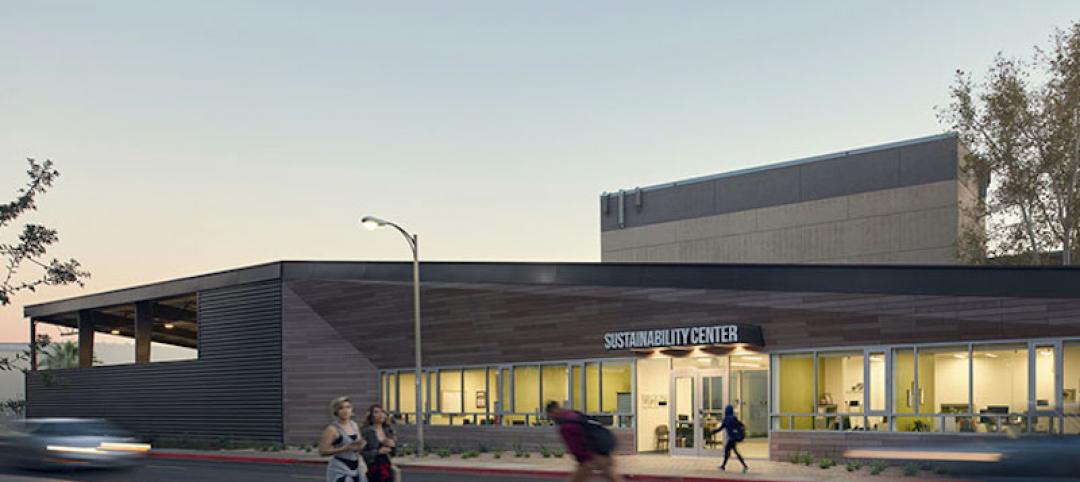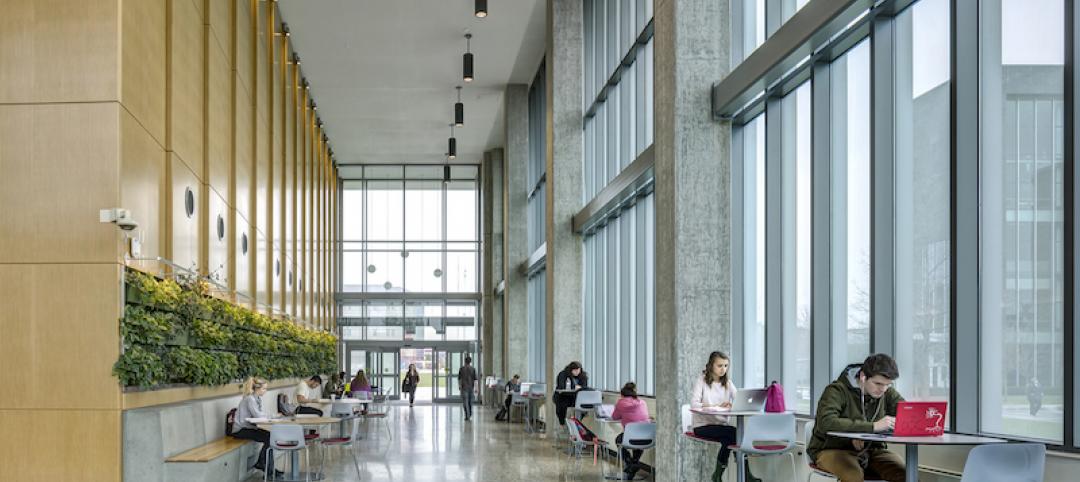Architects and engineers participating in the AIA’s 2030 Commitment are reporting the greatest reduction in predicted energy use (pEUI) in the program’s 10-year history.
“This year marks a critical inflection point for the program and climate action,” said 2020 AIA President Jane Frederick, FAIA. “This report outlines a vision for the coming years, which is anchored in community advocacy, adoption of on-site and off-site renewable energy sources, and increased attention to embodied carbon.”
The report—2030 by the Numbers: The 2019 Summary of the AIA 2030 Commitment—amalgamates predicted energy use data in buildings from 311 companies participating in the 2030 Commitment and analyzes design phase data from more than 20,300 projects. Architects, engineers, and building owners involved in the projects achieved a 49 percent overall pEUI reduction. The reduction is equivalent to avoiding 20.2 million metric tons of CO2 emissions. Other notable data included in the report:
- 241 whole building projects designed to be net-zero energy.
- 69 percent increase in firms meeting the 70 percent pEUI reduction since 2018.
- 27 large and small companies met 2030 Commitment targets.
As participants continue to improve reducing carbon emissions, AIA is upgrading its Design Data Exchange (DDx) platform to streamline the project reporting process and to improve user experience. The new platform will support optional data points—including embodied carbon and off-site renewables—that will deliver expanded insights into building performance.
AIA is also continuing its efforts to drive climate action in the built environment following its landmark initiative last year. Earlier this year, AIA released its Climate Action Plan and Architect’s Policy Platform, which outline AIA’s goals for carbon reduction and climate action policy initiatives respectively.
Complete details of the AIA 2030 Commitment program can be found on AIA’s website.
Related Stories
Energy | Jan 14, 2021
Shift your energy to carbon
Now is the right and necessary time for the commercial real estate industry to shift its environmental strategy from just energy, a carbon contributor, to carbon itself.
Multifamily Housing | Jun 23, 2020
11 tips on how to install EV charging stations in multifamily housing
A top sustainability expert gives the whys and wherefores of installing electric vehicle charging posts in your next multifamily enterprise.
Mixed-Use | Apr 7, 2019
Chicago-area joint venture antes up $1 billion for Opportunity Zone development investment
Decennial Group says it’s looking at 250 potential projects, primarily in America’s heartland and rural areas.
Energy | Nov 16, 2018
2018 Energy Efficiency Indicator survey: More than half of global organizations plan to increase energy efficiency spending in next 12 months
The survey of nearly 2,000 facility and energy management executives from 20 countries found that 57% of organizations in the United States and 59% of global organizations plan to increase investment in energy efficiency in the next year.
Energy | Aug 6, 2018
Will California lead the way to energy independence?
The architecture, engineering, and construction industry will have to make major adjustments in the years ahead now that many state, city and local governments are getting serious about creating a carbon neutral buildings sector.
Sustainability | Apr 9, 2018
Planning for 100: Looking beyond the horizon of zero-net-energy buildings
Imagine a future where buildings and infrastructure are 100% utilized and 100% responsive.
University Buildings | Mar 14, 2018
Harvard’s District Energy Facility showcases a new infrastructure typology
The building is currently under construction.
Energy | Jan 12, 2018
Putting wastewater to work: America’s next great energy source
As much as 40 to 50% of a building’s energy literally goes down the drain every day.
Energy | Jan 11, 2018
Harvesting energy and profits: A new approach to MEP cost analysis
In the course of providing cost estimating services, educating the client on making prudent choices is a high priority.

















